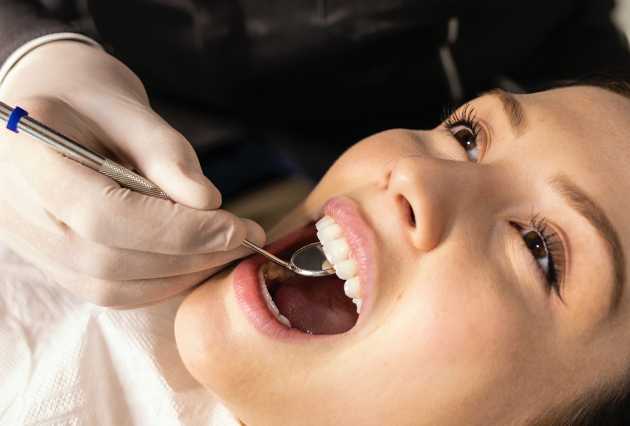Restorative Dentistry
Reviving your smile, Renewing your confidence
We embark on a transformative journey to restore and revive your precious smile.
Crowns and Bridges for Dental Restoration
Dentists utilize dental crowns to address substantial cavities or repair broken teeth. Also referred to as caps, a crown encases the entire tooth. To properly affix a crown, your dentist will need to remove a portion of your natural tooth enamel. This involves reshaping the tooth by gently removing some of its outer layer. Following this, a crown is placed over the prepared tooth. On the other hand, a dental bridge is employed to replace either a single missing tooth or a consecutive row of missing teeth. This dental prosthetic comprises artificial teeth with dental crowns attached at both ends.


Dental Fillings
Dental fillings are primarily utilized to address cavities or voids left after root canal treatment. They are also employed for the restoration of worn teeth or to bridge gaps between adjacent teeth. We use all white tooth colored resin filling bonded to teeth.
Full Mouth Reconstruction
A full mouth reconstruction is a highly personalized and planned dental treatment that encompasses the restoration of teeth, gums, palate, lips, and cheeks to enhance both the aesthetic appearance and functionality for the patient. In some cases, individuals may present with edentulism (the complete loss of teeth in one or both jaws), necessitating the replacement of teeth, gums, or even bone to restore the chewing and aesthetic functions of the oral tissues. This comprehensive process may involve of dental crowns, bridges, implants, dentures, inlays, onlays, fillings, as well as routine scaling or deep periodontal curettage for deep gum cleaning.


Snoring and Sleep Apnea
Sleep apnea is a significant sleep disorder characterized by recurring interruptions in breathing during sleep. It manifests in symptoms like loud snoring, daytime fatigue, and potential cessation of breathing reported by others. There are two primary types:
- Central sleep apnea (CSA)
TMJ/TMD Treatment
Temporomandibular disorders (TMDs) encompass a range of over 30 conditions that lead to pain and impaired function in the jaw joint and associated muscles. 'TMDs' collectively refers to these disorders, while 'TMJ' specifically denotes the temporomandibular joint itself, of which there are two, one on each side of the jaw. A definitive standardized test for TMD diagnosis is not universally established. Due to the complex nature of their causes and symptoms, identifying these disorders can be challenging. To evaluate if you have these disorders, we will carefully assess your symptoms.


Tooth Colored Restorations
Today’s advances in dentistry utilizes composite resin, commonly known as tooth-colored fillings, to effectively address cavities and various imperfections. These cosmetic restorations not only enhance the shape, size, and color of teeth but also close gaps, mend chips, and create a more even appearance. Renowned for their exceptional strength and durability, they offer enduring results. Maintaining teeth with tooth-colored restorations necessitates the same care as natural teeth. Consistent dental hygiene practices, including regular brushing and flossing, are essential in preventing dental issues.
Wisdom Tooth Removal
The wisdom teeth, also known as third molars, emerge at the rear of your gums and typically appear last in your dental development. Most individuals have four wisdom teeth, one in each corner of the mouth. They usually start emerging during late adolescence or early adulthood. If your wisdom teeth cause severe discomfort, it is advisable to schedule an appointment with our office. We will assess your teeth and determine if removal is necessary. In cases where extraction is considered, we will likely take a panoramic X-ray for a clearer view of tooth positioning.
